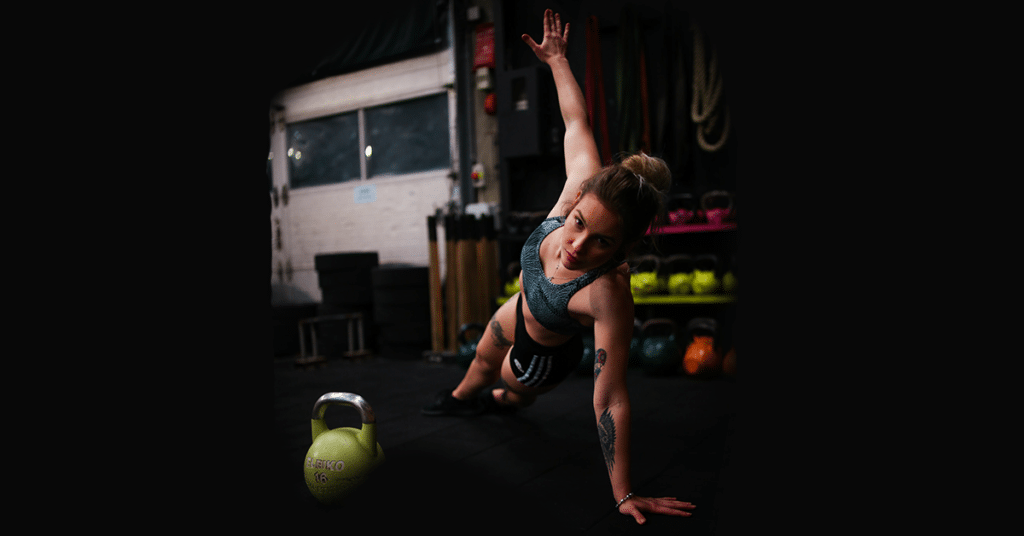
Side Plank Best Guide – Muscles Worked, Benefits and Technique
This complete guide to the Side Plank will teach you everything you need to know about this effective exercise.
What is the Side Plank?
The Side Plank is an isometric calisthenics (bodyweight) exercise that involves using the core to balance and control the body whilst balancing on one forearm and the side of one foot.
The body must be kept in a tight, focused, diagonal line with a straight spine.
What Muscles Does the Side Plank Work?
The movement is primarily a core exercise. But other muscle groups are also called into play and effect.
Obliques
These are layers of muscle that run along the sides of the core.
They help the body to bend twist, as well as control and support movement. The obliques are additionally important for the role they play in helping to protect and stabilise the spine.
Transverse Abdominis
The transversus abdominis (TrA) muscle is the deepest of the 6 abdominal muscles. It extends between the ribs and the pelvis, wrapping around the trunk from front to back.
What is the Best Rogue Dip Station?
The fibres of this muscle run horizontally, similar to a back support belt.
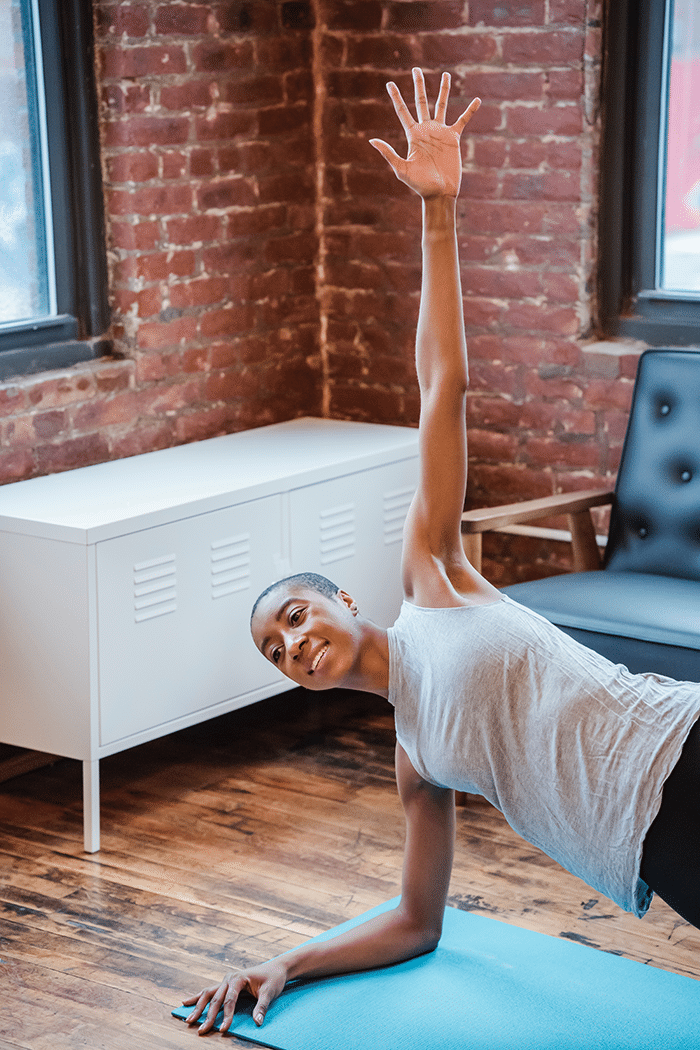
Rectus Abdominis
These are what people more commonly refer to as the six pack muscles.
Quadratus Lumborum
The Quadratus Lumborum (QL) is the deepest back muscle and originates from the iliac crest. The QL muscle is flattened and has a quadrangular shape.
Gluteus Medius
The gluteus medius is a highly functional muscle that helps with hip movement and should not be confused with the gluteus maximus. It sits along the outer surface of the ilium, near the pelvis, between the posterior and middle gluteal lines.
Gluteus Maximus
Gluteus Maximus the largest and heaviest muscle in the body. It is the most superficial of all gluteal muscles that are located at the posterior aspect of the hip joint.
Adductor Muscles
The adductor magnus muscle has a dual role being a dynamic stabilizer of the pelvis and femur as well as a prime mover of the femur into adduction.
What are the Benefits of a Side Plank?
There are many benefits to this movement.
Enhance Core Strength without Stressing the Back
The exercise can be a safer way for people to improve their core strength if they have problems with Sit Ups and Crunches.
Protect the Spine
As the movement works the deep stabilising muscles, it will significantly help to protect the spine and prevent injury.
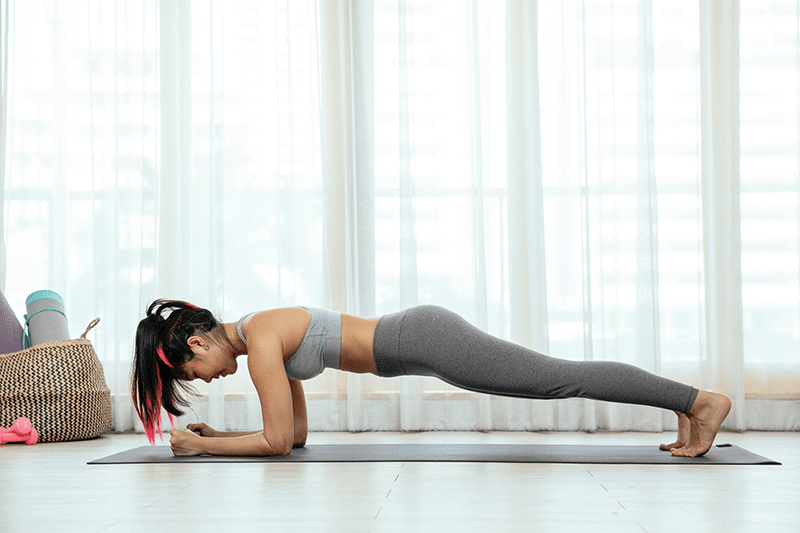
Reduce the Risk of Back Injury
A stronger core is always an excellent way to lessen the risk of spinal injury.
Augment Balance and Body Coordination
The movement is a balancing exercise. As a result, it will help to improve your general proprioception, balance and body awareness.
Build a Six Pack
If you want to both perform and look better then add this exercise into your training.
How to Do the Side Plank with Proper Form
Use the following instructions to complete the exercise properly.
Many athletes prefer to perform the movement on a mat or soft surface, as this will reduce stress and pressure on the forearms and feet.
- Lie on your right side on the mat
- Stack your feet on top of each other and place your right elbow underneath your right shoulder
- Place the full forearm in contact with the ground. You can either ball your hand into a fist or place the palm on the earth
- Lift your hips away from the floor until your body is in a completely straight line
- Inhale and brace the core, glutes and arms
- Hold the Side Plank for the desired amount of time
- Lower the hips to the floor
- Switch over and repeat for the other side
Training Tips
Don’t let your body rotate during the hold.
Keep the hips facing forwards at all times.
Make sure the hips don’t sag downwards.
The body must be in a perfectly straight line, through the ankles, knees, hips, core, shoulders and head.
Maintain a neutral head position at all times.
How to Make a Side Plank Easier
If you are still working to improve your core strength and cannot perform the full variation then try the exercise whilst balancing on your knees.
Side Plank Mistakes
Make sure you aren’t slowing down your progress and gains by making any of these mistakes.
Hips Rolling Forwards
If an athlete’s core strength is insufficient then they may find that their hips roll forwards during the hold.
If you find this happening to you, try shorter sets and focus on maintaining excellent form at all time throughout every set.
Not Holding with enough Intensity
With this exercise, quality beats quantity every time.
Many people hold for longer durations without properly tensing the core. You want to activate your core muscles and control your breathing as much as possible.
Sagging Hips
Don’t hold the movement longer than you can maintain with a perfectly straight body. The exercise does not count anymore as soon as the hips sag downwards.
Side Plank Variations
If you want to switch things up then add these variations into your training.
Elevated Side Plank
The elevated Side Plank changes the emphasis of this exercise more towards the shoulder muscles.
Depending on your strength ratio between the core and upper body, you may find this variation more challenging to complete.
Hold this position for 15 to 60 seconds.
Repeat on your other side.
Side Plank Dips
As well as the obliques, this variation also taxes and strengthens the shoulder muscles, lats and glutes.
Repeat for 10 to 15 reps and then switch to the other side.
If you’re a beginner, do 1 set per side to start and work up to 3 sets per side as the exercise gets easier to do.
Plank Rotations
The introduction of a rotation will help to engage your lats, shoulder muscles, glutes, abs, obliques and core in general.
Repeat for 10 to 15 reps and then repeat on the other side.
If you’re a beginner, aim for 1 set per side to start and work up to 3 sets per side as you gain strength.
Side Star
Side Plank Alternatives
These alternatives are perfect if you need a different type of core exercise for your workouts.
Challenge yourself in new ways.
- Asymmetrical Carry
- Weighted Side Bends
- Single Arm Dead Hangs
- L Sit Isometric Hold
FAQs
Got more questions? We’ve got your covered.

Is Side Plank Better than Plank?
All planks are a great way to develop core strength, balance and reduce the risk of spinal injury.
They will target the obliques more than the traditional variation. Both are good; however one may be more suited to helping you achieve a specific goal.
Why is Side Plank so Difficult?
The exercise is difficult because it demands a great deal of core strength to perform correctly.
You must have strong obliques and good balance to even start the movement.
Is a Side Plank Harder?
No, this variation is not harder, however it does require more balance to execute effectively.
However, if you aren’t used to working your obliques then you may find this version harder.
Do Side Planks Slim your Waist?
They can be an effective way to strengthen and tighten up any core and abs.
Keep your body guessing and your training varied by including many different types of core exercises into your training.
Do They Burn Love Handles?
It is almost impossible to burn fat from one particular part of the body.
The best bet is to consult a nutritionist and make an intelligent, sustainable plan that will allow you to lose weight gradually over time by operating in a caloric deficit.
Learn More
Add these Core HIIT Workouts into your training and build a better core.


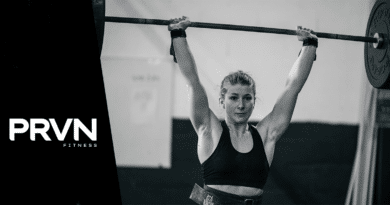
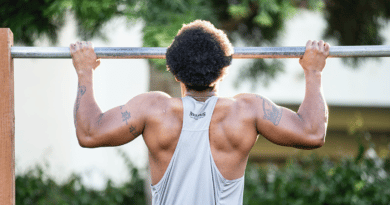
Pingback: Dumbbell Push Press Best Guide - Benefits, Muscles Worked and Technique - Outdoor Fitness Society